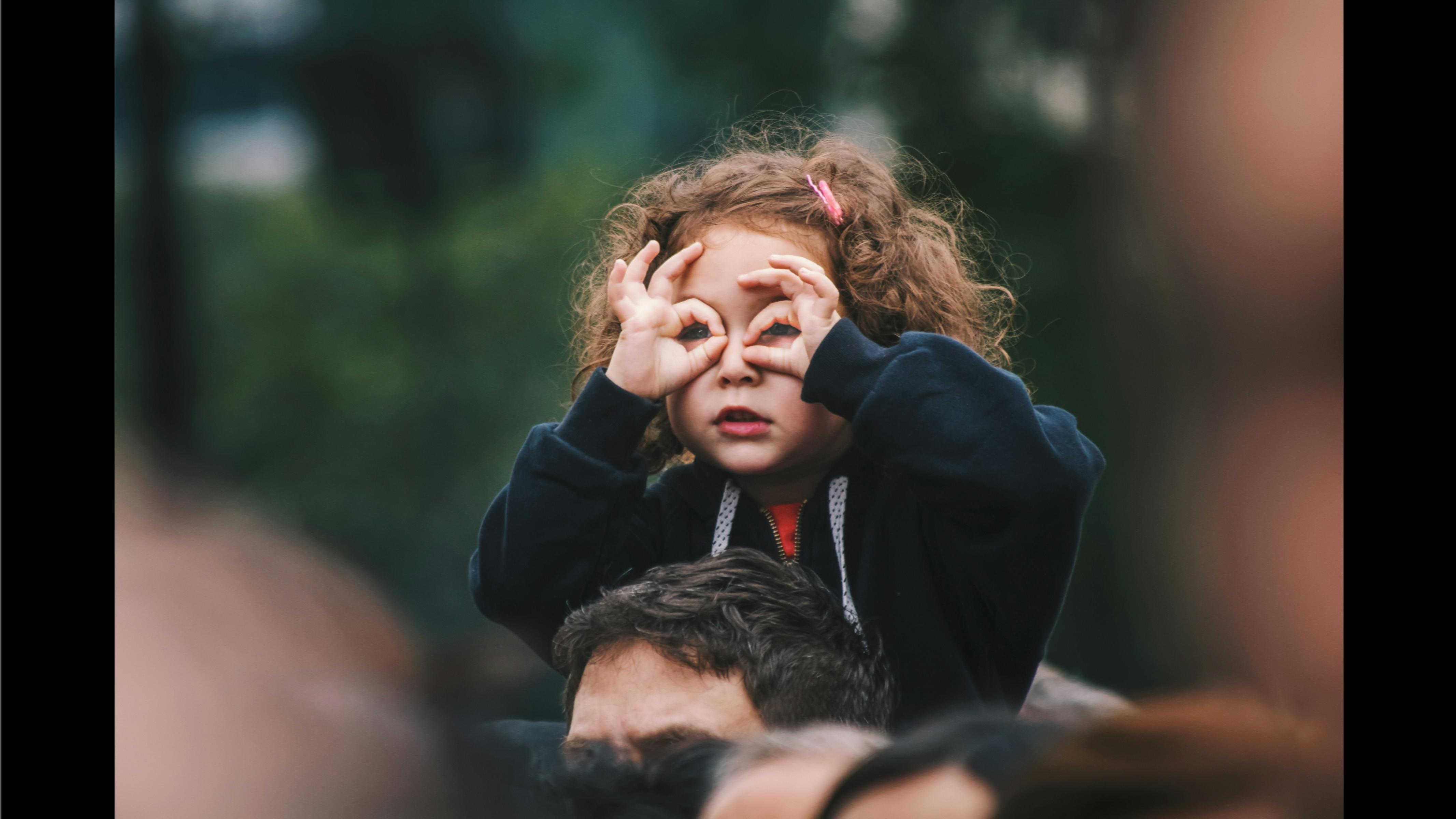Three Key Trends that Can Drive Brands into the Future

Today’s consumers wield unprecedented influence over a brand's future. Consumer spending habits are evolving, with some embracing frugality now and others teetering on overextension, driving them to continue to trade down or cut back on some purchases. Consumers not only demand compelling products and services but also look for brands that resonate authentically with their own values and preferences. At H/L, we see three key trends that brands must embrace in their marketing strategies to prove their value in this landscape.
1. The Future is Female
Female consumers had an undeniable impact on a slow 2023 economy. Taylor Swiftand Beyonce topped concert revenues and the Barbie movie was a mega box office hit. Between the tours and the box office, the combined revenue of $9.6B was bigger than the2023 GDP of approximately 30 different countries. And this significant impact does not even take into consideration economic impact to the cities where the concerts were held, or any associated merchandise sold. Even the NFL saw positive impacts from female Taylor Swift fans, as their viewership exponentially increased due to her romance with Travis Kelce featured during football games.
Women aren’t just spending more, they are taking more leadership roles with the share of women in C-suites growing to 28%, up from 17% in 2015; Fortune 500 board members grew to 30%, up from 22% in 2018.
Latinas especially have become a driving force in entrepreneurism with more than two million Latina-owned businesses in the US. This represents more than 14% of women-owned businesses and 42% of Hispanic-owned businesses. Brands like Chase, Ford, and Coca-Cola are taking notice and have supported these businesses with financial tools and grants.
Women are not just seeing success in business, they are also seeing success on the field. Women’s sports are projected to surge to $1.28B in revenue in 2024—a 300% increase from three years ago. Take, for example, Bay FC’s launch day in March 2023, when 500 people were expected and 5,000 showed up. Investors raised $125M to start the team, including a $53M franchise fee because of the expected success, when previous franchise fees ranged from $2M to $5M to join the National Women’s Soccer League.
Female-led brands’ impact on the economy will continue in 2024. Brands should be sure that they're telling female-led stories appropriately. Women’s sports sponsorships remain an untapped opportunity and many brands can leverage partnerships to reach women and younger generations.
2. The Rise of Polycultural Marketing
The ad industry is still struggling to equitably represent the fast-approaching multicultural majority. In 2021, after promising to do better, the industry improved representation: 34.4% of actors in TV and digital video ads were non-White. However, a lot of those commitments fell by the wayside in 2022, and the numbers dropped to 27.5%. While some brands have consistently advertised to Hispanic and non-White audiences, others are playing catch-up.
Yet as we strive to be more inclusive, most brands are still not portraying an emerging key segment: polyculturals. Polyculturals are the growing segment of people who embrace more than one racial or ethnic identity and move between these groups with fluidity. To better understand polyculturals, we can take a cue from what we know about bicultural Hispanics: they embrace 100% of each of their ethnic identities, living a 200%—or more—life.
As interracial and interethnic marriages have risen in the past decades, we will continue to see an increase in polycultural identity. In fact, there was a 276% increase in people identifying as more than one race between the 2010 and 2020 Census. That number is even higher when you consider people who identify as both Hispanic and another ethnicity, which is not always captured by the Census.
Marketing to polyculturals cannot be cookie cutter: their unique experiences may not fit neatly in a demographic box, but have the power to resonate across groups with their authenticity. It’s critical for brands to connect with polyculturals and amplify their stories. As Jo Franco told the Hispanic Marketing Council, “Cultural fluency is understanding storytelling and picking the right people to tell those stories.”
Interestingly, it’s not just people from mixed backgrounds who will be interested in these stories. Americans have been craving storylines outside their own culture: 75% of 13 to 49 year olds are watching content that features a cast or theme outside their own culture, and six out of 10 are even watching in languages they do not speak, overcoming “the one-inch-tall barrier of subtitles” to seek out content from top-performing shows like Squid Games, Money Heist, and Lupin.
To tap into this growing audience, brands should demonstrate they understand their audience’s experiences of moving between cultures fluidly; go beyond checking the box for disparate segments and tell specific stories at the intersections of human experiences; and trust the audience to connect with intersectional stories, even when it doesn’t map perfectly to their identity.
3. AI’s Impact on Brand Trust
Thanks to major developments in AI and the ubiquity of several user-friendly tools, there has been a lot of AI-produced content released into the wild. While there are many benefits to AI and marketers using AI to improve efficiencies, some of the positives have been overshadowed by backlash, such as copyright suits and concerns about inaccuracies.
While AI-generated images of the Pope wearing a Balenciaga-inspired puffer jacket may have fooled many, we can dismiss the images as a prank. Some images, however, are likely to stoke outrage. Geopolitical issues have been implicated, with fake images related to Israel and Gaza or of Donald Trump peppering already divisive issues with disinformation and confusion. Will brands come out of this unscathed?
If you falsely believe that Oprah is going to ask you for your shoe size at Foot Locker, it is probably not the end of the world for Foot Locker—or even for Oprah—but there are certainly going to be other cases where disinformation calls a brand's values into question, wreaking havoc for the brand because of how convincing and realistic these images are. While brands have always been vulnerable to rumors, AI has the potential to fuel disinformation with unprecedented speed and realism.
Just as brands with strong identities have a much faster recovery after a recession, brands with a solid foundation will be best positioned to weather an AI crisis. The fundamentals of brand loyalty will come into play, with trusted brands retaining more customers even when they have a negative experience, regardless of whether that is a true brand experience or AI-generated disinformation.
Of course, brands can still see some benefits from AI. When audiences see the direct benefits of AI and brands are transparent about its use, it will be more readily accepted. For example, almost half of consumers believe AI can help find products and services online. To best leverage AI, brands should use AI transparently and in ways that enhance, not replace, human decision-making.
Looking ahead at 2024
In their ongoing quest to remain relevant and prove their value, brands should take the opportunity to refocus on who their customers are and tell female-led and polycultural stories authentically. Additionally, brands can best prepare for advances in AI by building a strong identity and integrating AI that enhances customers’ experiences transparently.
Posted at MediaVillage through the Thought Leadership self-publishing platform.
Click the social buttons to share this story with colleagues and friends.
The opinions expressed here are the author's views and do not necessarily represent the views of MediaVillage.org/MyersBizNet.



